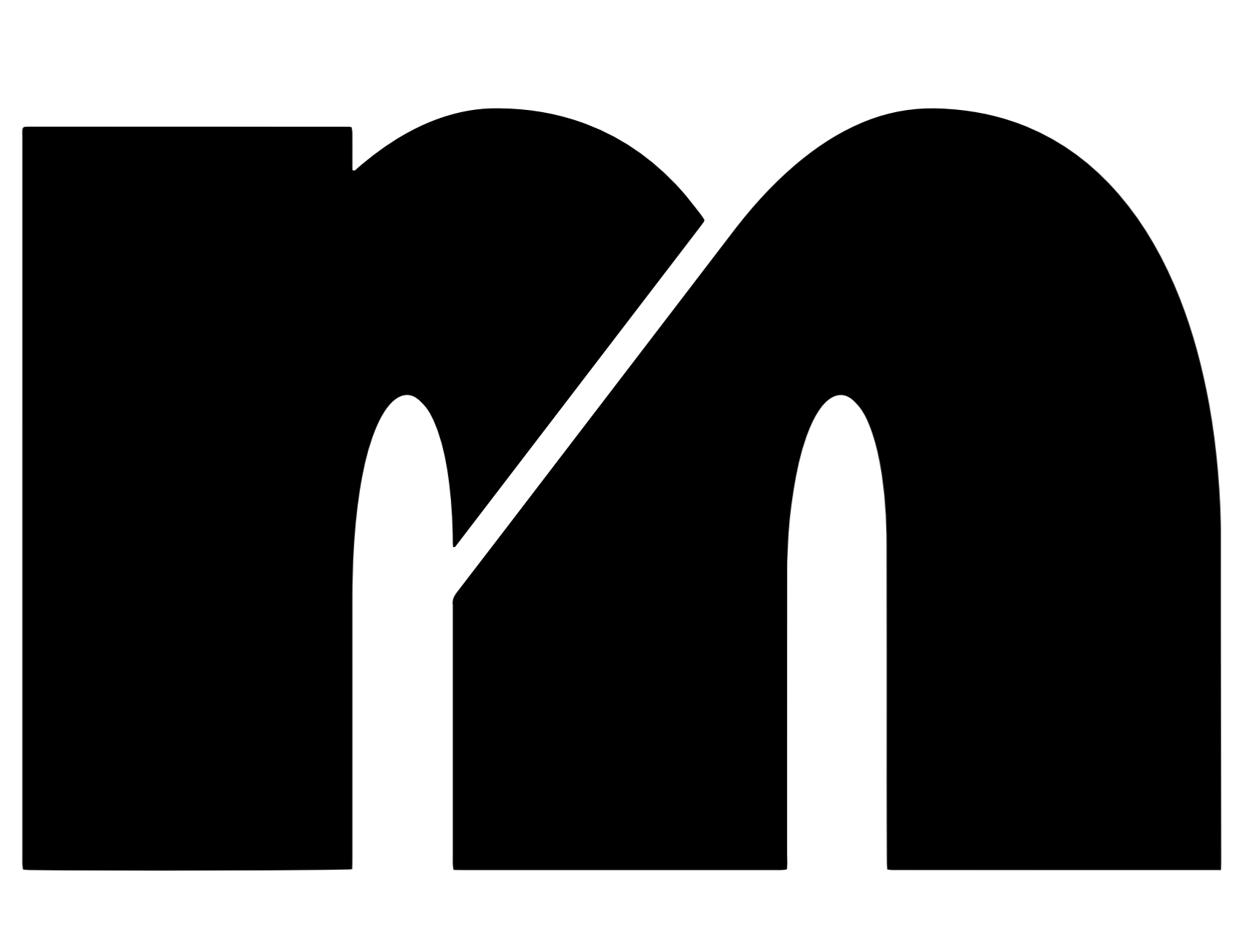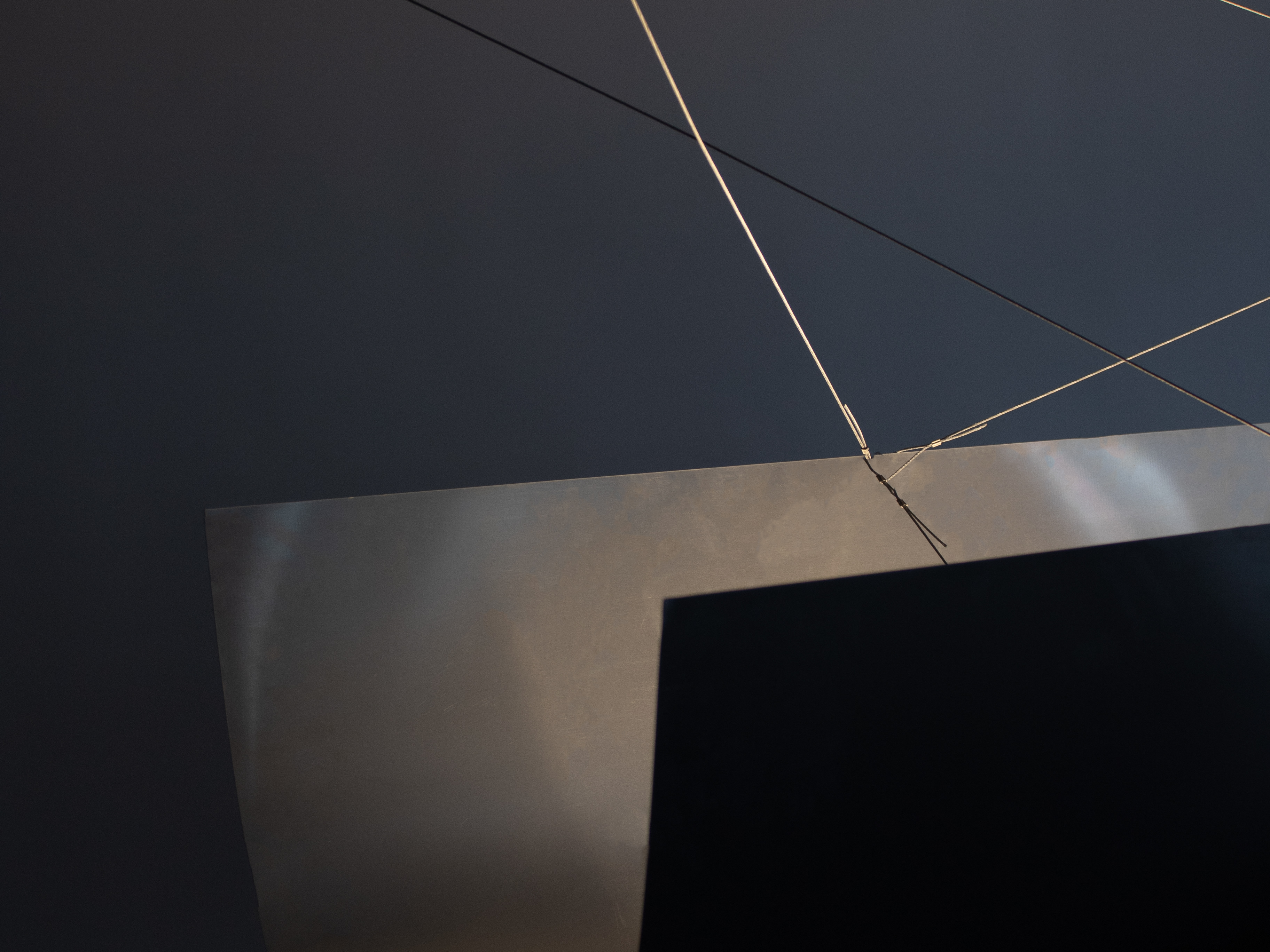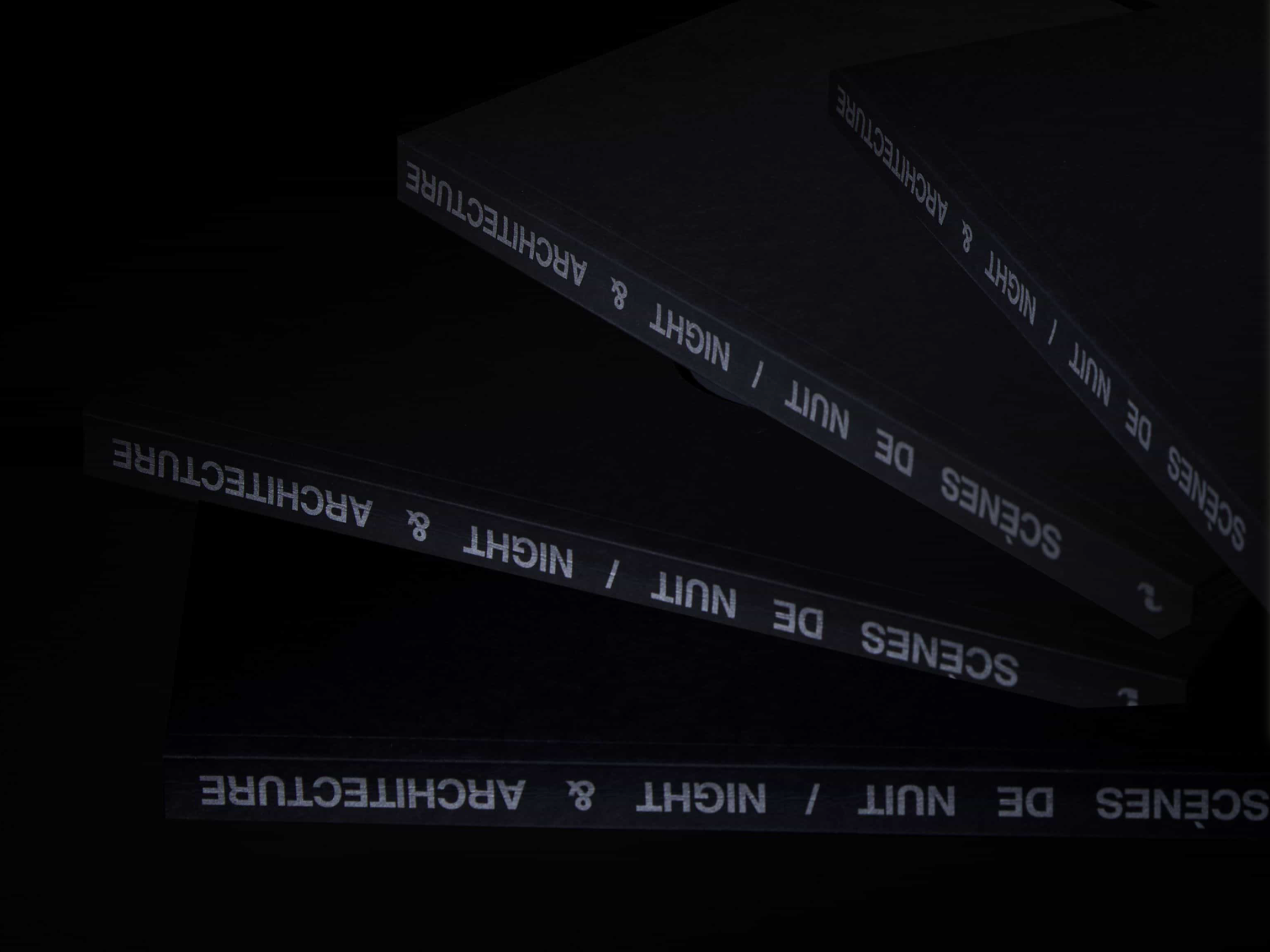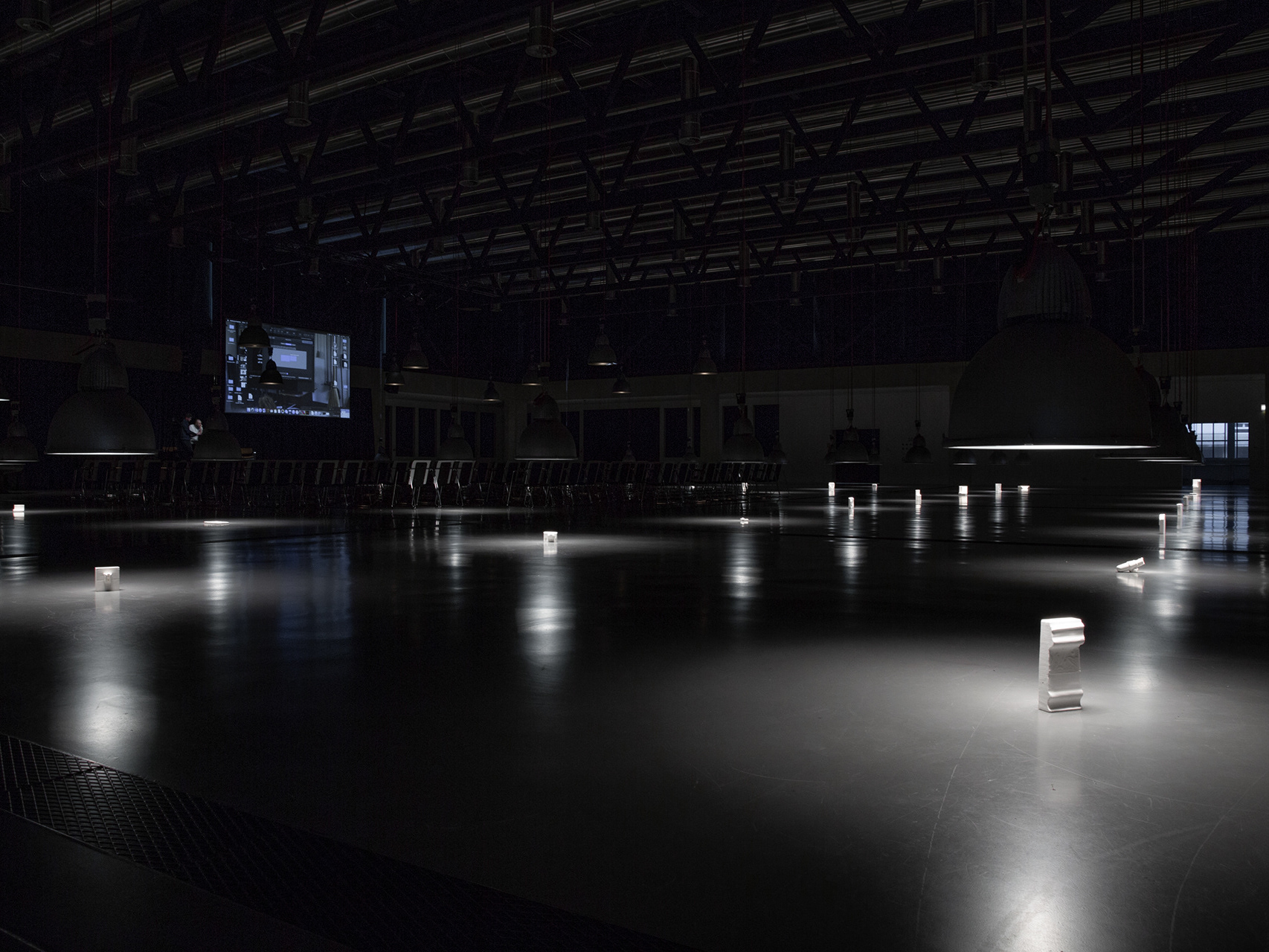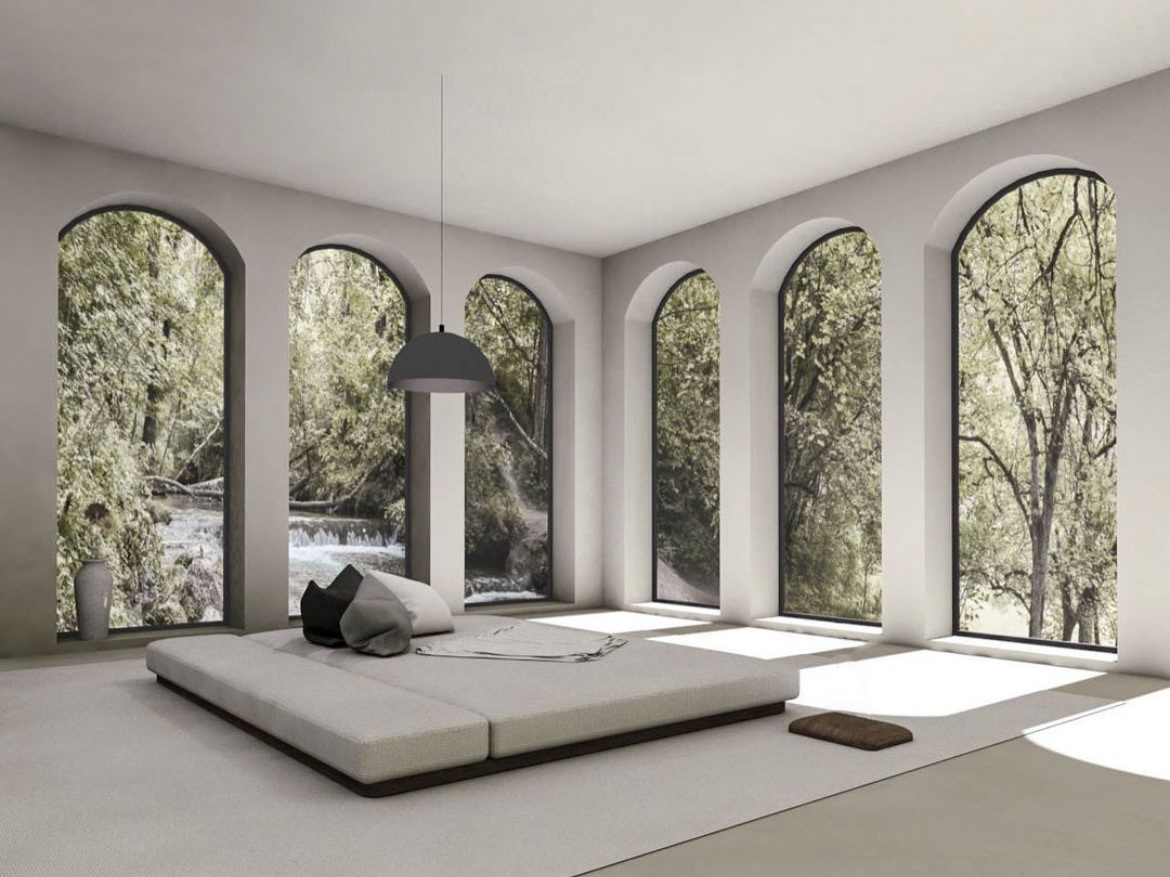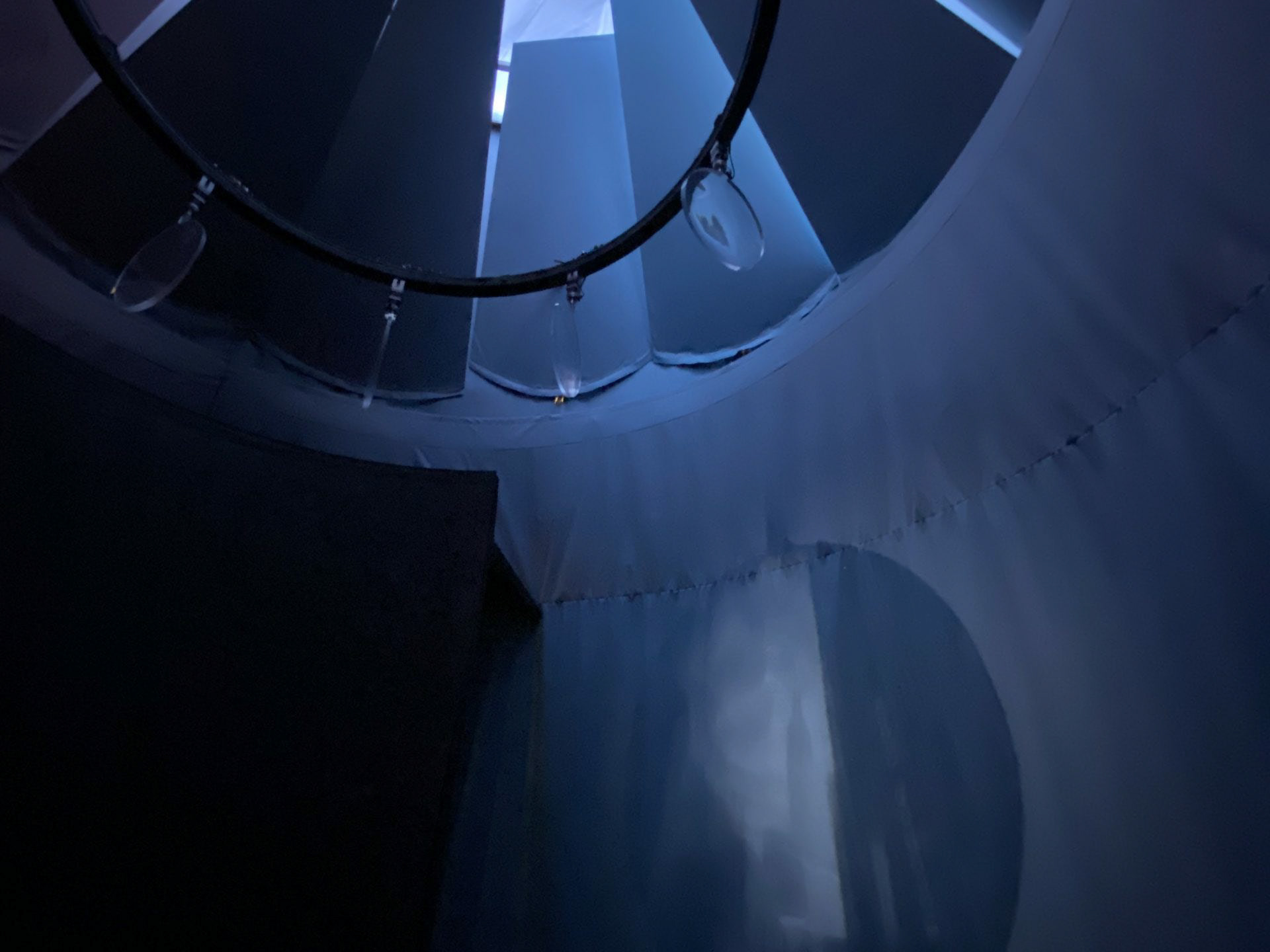Studio/tutors : Philippe Rahm
HEAD Assistants : phi Nguyen
“Each material has its advantages and disadvantages, the key is to find the right balance between functionality and aesthetics.” Today the luxury of a material is determined by its appearance or comfort; but in the future we should redefine luxury by a low carbon footprint, long life, respect for nature or more ethical working conditions in the mines.
The project stems from a study on the link between metal and human beings, from its extraction to its use. The aim is to differentiate between a design for comfort and an essential design, created according to the material’s abilities, despite human choices.
"The material conditions influence the aesthetics"
Metal is a popular material in architecture for its modern aesthetic, durability and resistance to the elements. However, the use of metals can have an environmental impact due to their production, transportation, and disposal.
To reduce environmental impact, architects can adopt practices such as material conservation, reuse and recycling of metals. Material conservation involves using the minimum amount of material necessary to achieve adequate strength and functionality, thereby reducing the amount of waste generated. Reusing and recycling metals also reduces the amount of waste sent to landfills and saves energy and raw materials.
In addition, metals can be chosen based on their overall environmental impact, taking into account their durability, ability to be recycled and impact on greenhouse gas emissions. Metals such as aluminum and stainless steel are often preferred for their ability to be recycled over and over again and their low environmental impact.
© Raphaëlle marzolf – General plans
© Raphaëlle marzolf – axonometric perspective and Section
